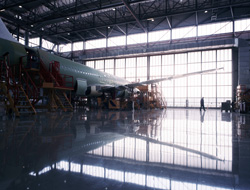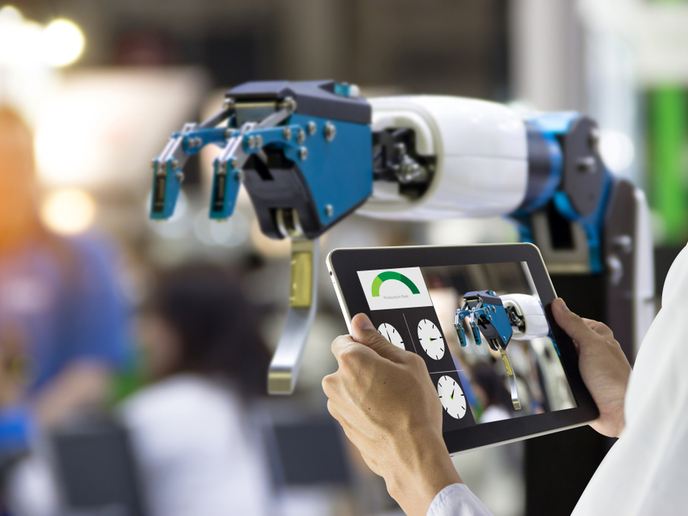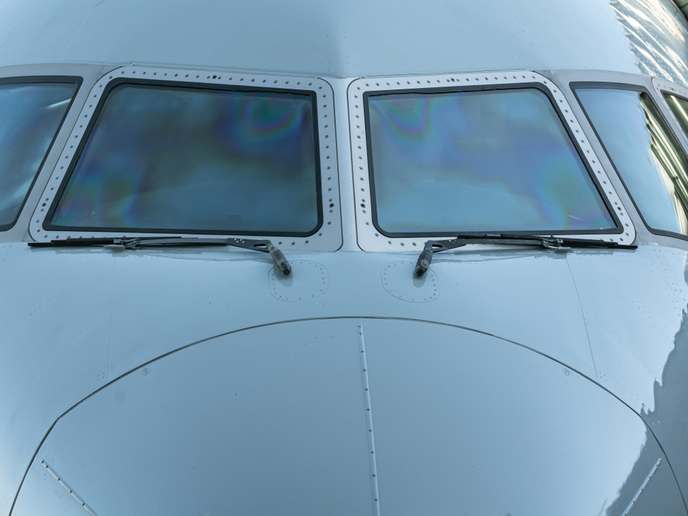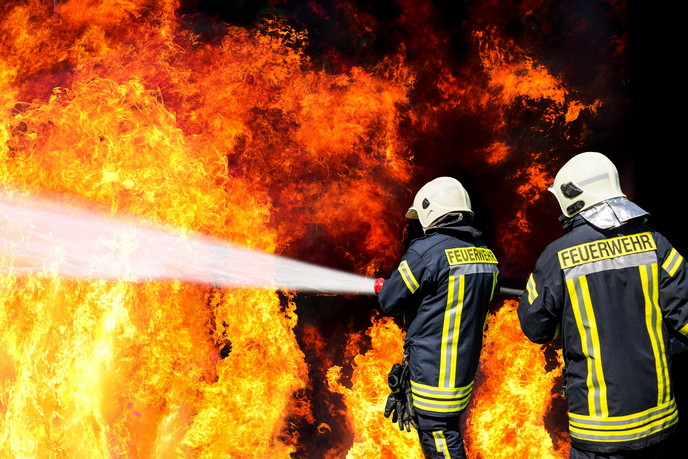Streamlining aircraft development
The aerospace industry is focused on reducing aircraft costs through reductions in time and money throughout the entire design and production pipeline. Computer-based design tools are an important way to achieve these goals by enabling structural analysis of various materials under both static and dynamic loading conditions. The advantage of using computers is that it obviates the need for an intensive experimental campaign. To accurately model aircraft behaviour, the models representing all the individual components need to be combined. This is problematic as models can come from different sources using different codes, different scales of resolution, and different demands for accuracy and efficiency. The EU-funded project 'Generic linking of finite element based models' (GLFEM) solved this problem with a procedure for automatic linking of finite element method (FEM) models. Scientists took seven coupling approaches from the literature to join FEM models of different origins. This enabled the super-positioning of a detailed model retrieved from a coarse model. In addition, researchers developed techniques to divide a structure into manageable parts for efficient analysing the dynamics of larger structures. The seven methods were demonstrated within the FEM codes ABAQUS and B2000++ on three typical use cases for the aircraft industry. Seamless and automatic model interfacing will enable companies to collaborate productively for better aircraft designs in less time and at a lower cost. GLFEM results are expected to have major impact on the competitiveness of the EU aerospace industry. Additionally, this will pave the way for incorporating other automatic coupling procedures-of-benefit to numerous manufacturing sectors.







